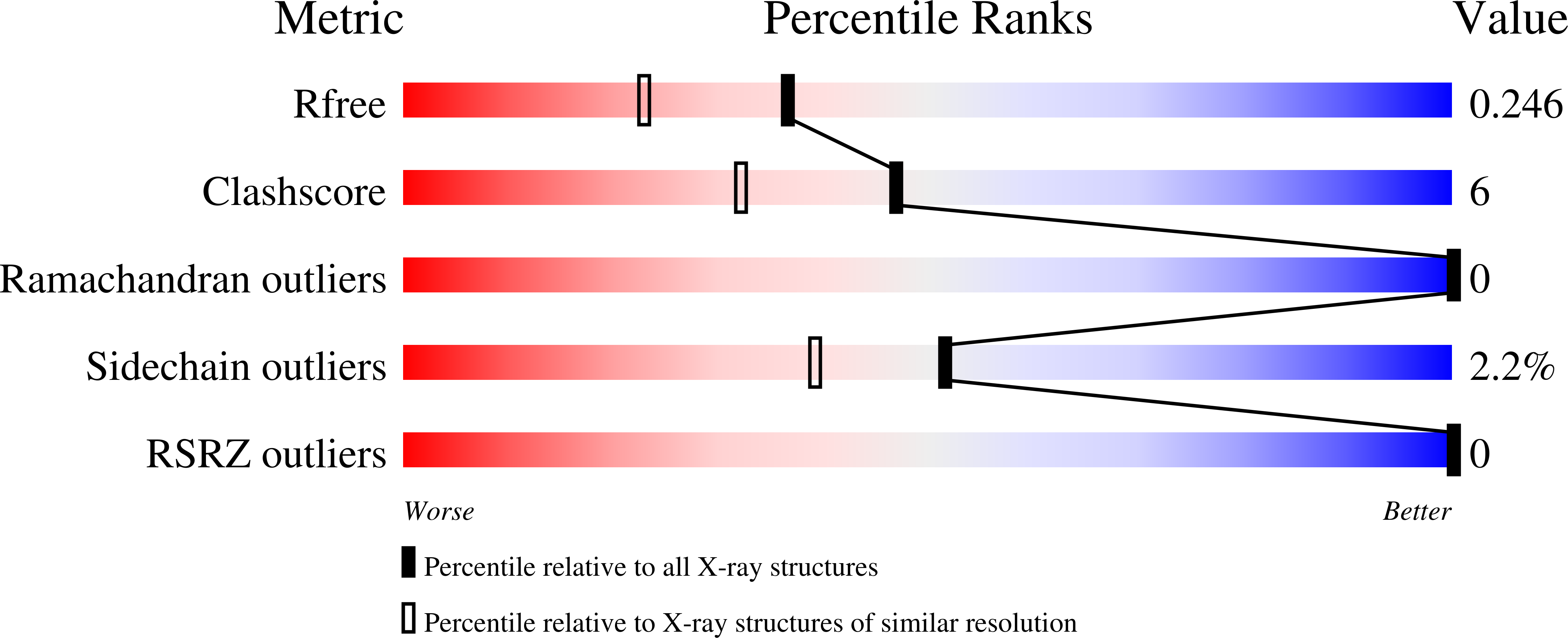
Deposition Date
2014-11-22
Release Date
2015-12-09
Last Version Date
2023-09-20
Entry Detail
PDB ID:
4RUV
Keywords:
Title:
Crystal structure of thioredoxin 2 from Staphylococcus aureus NCTC8325
Biological Source:
Source Organism:
Staphylococcus aureus subsp. aureus NCTC 8325 (Taxon ID: 93061)
Host Organism:
Method Details:
Experimental Method:
Resolution:
1.93 Å
R-Value Free:
0.23
R-Value Work:
0.16
R-Value Observed:
0.17
Space Group:
P 41


